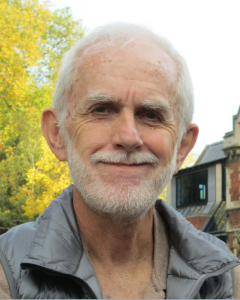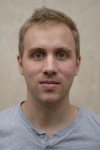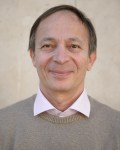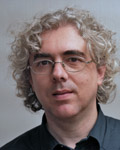By Clifford Will.

Clifford Will is the Editor-in-Chief of Classical and Quantum Gravity, Distinguished Professor of Physics at the University of Florida, Chercheur Associé at the Institut d’Astrophysique de Paris, and James McDonnell Professor of Space Sciences Emeritus at Washington University in St. Louis.
What a year for gravitational physics! In February, the LIGO and Virgo Collaborations (LVC) announced the first detection of gravitational waves. The MICROSCOPE satellite test of the equivalence principle took to the skies in April and, in June, LISA Pathfinder surpassed all expectations in demonstrating the key technologies required to detect gravitational waves in space. As if all that wasn’t enough, the LVC announced a second detection of a binary black hole merger later that month. By September, NASA revealed that it would rejoin ESA in funding the LISA mission with a view to launching a 3-armed space interferometer by 2030. Could we have wished for more?
CQG launched a focus issue on the topic of gravitational waves in 2016 edited by Peter Shawhan and Deirdre Shoemaker. You can submit your next great paper on gravitational waves to the issue which is currently open to submissions and will be promoted in a number of channels throughout 2017. All submissions will be subject to CQG’s usual high standard of peer review.
To keep track of the latest CQG publications and news in 2017, you can follow the CQG+ blog or follow the journal on social media (Twitter, Facebook).
I want to express my appreciation to all CQG authors, referees and readers who supported the journal in 2016. I particularly wish to thank the journal’s Editorial Board Members and Advisory Panel Members who assist in directing the strategy of the journal and who oversee CQG’s peer review. I also welcome new Board and Panel members to CQG. I look forward to working with all of you in the coming year.
With the LIGO detectors’ second observation run underway, I am certain that we have more to look forward to in 2017. Continue reading →
Tell your friends about CQG+








You must be logged in to post a comment.